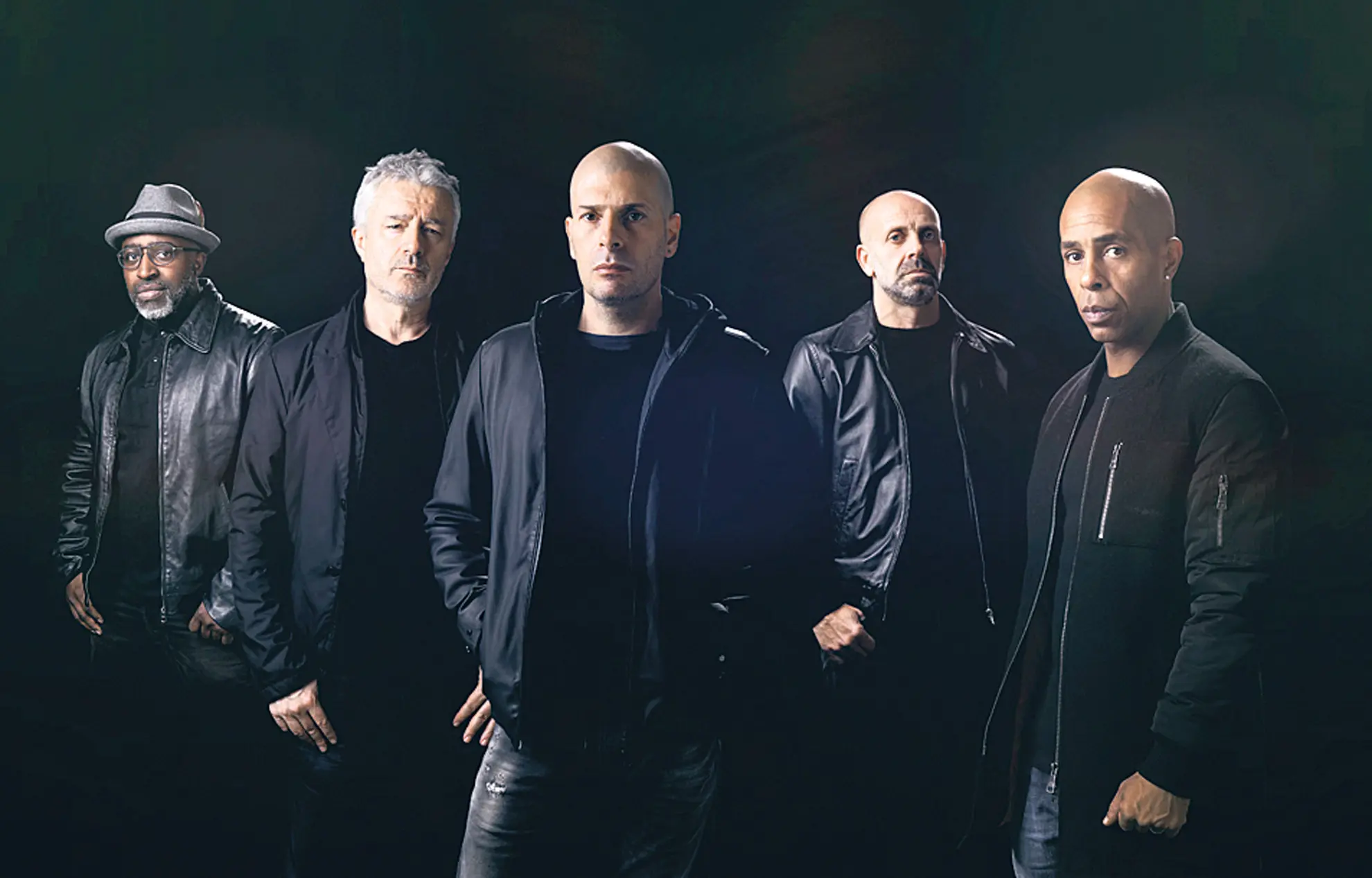In the late 90s, specifically in 1997, I eagerly crossed Rue de la Roquette to purchase the latest installment from the Mars galaxy: “L’école du Micro D’Argent” by the iconic group IAM. This mythical album played for hours and weeks on my Hi-Fi system. I knew every single track, having memorized the lyrics by heart—from “La Saga” to “L’Empire du côté obscur” and “L’enfer,” all the way to the excellent “Un Bon Son Brut pour Les Truands.” The opus of this Marseille-based group had assumed the role of a modern icon, an everlasting object that traveled from room to room, containing the quintessence that François Rabelais had envisioned years ago when he wrote his masterpiece, Gargantua.
Nearly four years later, just before the dawn of the digital revolution, I listened to the album “Chronic 2001” with the same fervor. There isn’t a single track on Dre’s latest album that couldn’t be considered a banger. Haunted by his own creation, the King of the West Coast would tease Detox for nearly 15 years before unveiling his testament, Compton, which simply signaled the rise of the next generation in the eponymous city, with the monumental presence of Kendrick Lamar and his commitment to civil rights—a new debate in an America shattered by Donald Trump’s presidency.
The music distribution landscape has been disrupted by the arrival of MP3s, followed by the advent of streaming. In the late 2010s, the digital revolution completely changed the game. CD sales peaked at over 150 million units in 2002, only to decline to nearly 90 million in 2006—an unprecedented drop. Simultaneously, music magazines, radio stations, and television lost their dominance in music discovery. YouTube initially, followed by MySpace for a while, and then the social media platforms we know today, revolutionized both consumption and music production.
One initial observation is that, in the absence of a tangible object representing an artist’s work, such as an album, due to the rise of the intangible, the digital revolution has empowered any user, whether through piracy or streaming, to listen to whatever they want, wherever they want. As a result, music production has become more focused on singles. The average user doesn’t just listen to music; they consume it. This rapid consumption mentality, driven by the desire for instant gratification and immediate access to music, has favored the distribution of singles. Artists have adapted to this new reality and often prioritize releasing a single.
Because in the early 2000s, an artist had to devise a career plan that involved going through the traditional network, leading to a record label signing. Today, the landscape is different. Back then, signing with a major label opened doors to specialized and mainstream media, allowing the artist to promote themselves. Nowadays, with the revolution of social media, there’s no longer a filter between the artist and their audience. When an artist signs with a major label, the label essentially purchases a finished product. The artist must then navigate on their own to capture the attention of the highly fickle social media audience, who typically only have a few seconds to judge the value of a post and often gauge its worth by the number of likes it receives.
Here’s another new aspect to consider. In the past, we would get to know an artist through their music. Before revealing their personality traits, an artist would make their mark with their music. Today, an artist is defined not only by their music but also by their storytelling and the importance of what we call their visual image. A prime example in the rap world is the remarkable SCH. No one doubts his ability to rap. With his elusive and eerie flow, he stands out as one of the most original rappers. However, since his early days with the mixtape “A7,” SCH has established a true synergy between his visual image and his music, sporting a highly distinctive fashion style. He set himself apart, and that’s the foundation of communication. With his latest album, “JVLIVS,” he even allowed Fifou to direct his first eponymous short film.
Another significant aspect is the importance of independent artists in the rap industry. Artists like Jul, PNL, and many others, such as Demi Portion, operate with a distribution company rather than a major label. This can be seen as a testament to their artistic freedom, as major labels often come with specific requirements and expectations. However, there has been a shift in dynamics. These artists attempt to meet the expectations of their audience in order to sustain their music careers. In the case of Demi Portion, it involves catering to a dedicated fan base that follows him closely. In the case of Jul, his approach is more “mainstream.” Nevertheless, without a loyal fan base, these artists would be as vulnerable as a rapper who loses their major label due to a financial issue. Independence, once seen as a stronghold of artistic creativity, is now influenced by the hurried expectations of an increasingly younger audience.
The music scene in France has evolved due to the changes in its mode of consumption.
